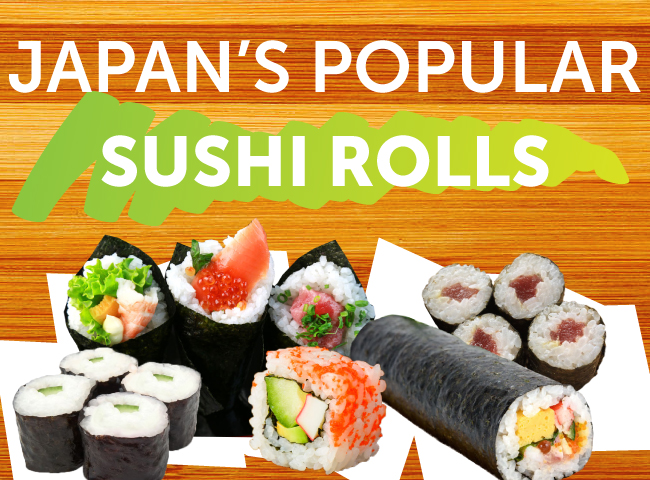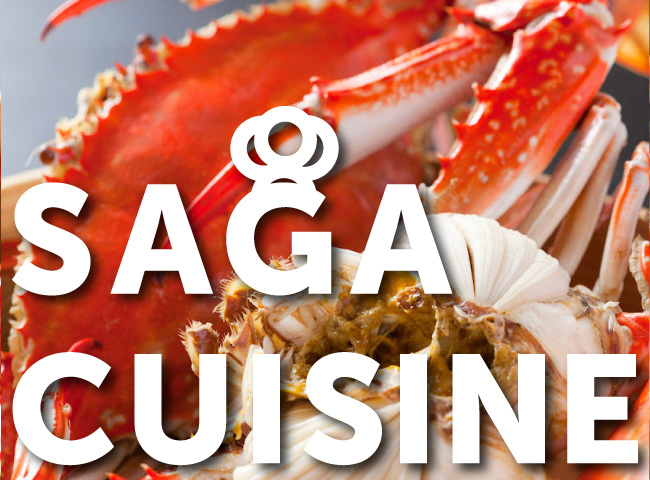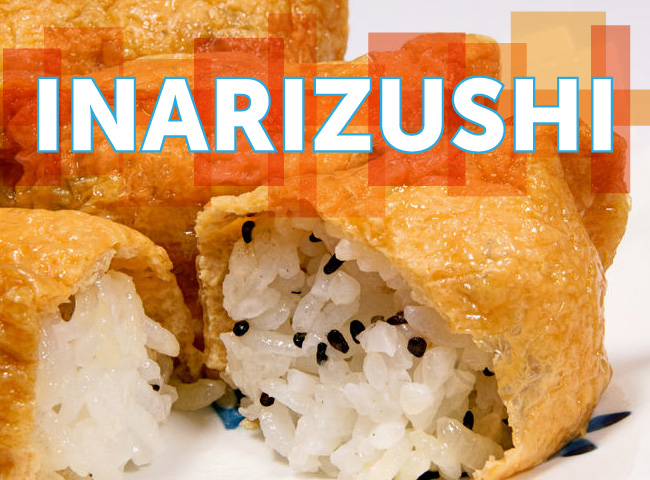Uni: Japanese Sea Urchin Dishes for Seasoned Seafood Lovers
Nearly a thousand varieties of sea urchin, or uni, exist in the world but only a small percentage of these can be eaten. While Japan is the largest consumer of uni, people around the world are beginning to discover the delightfully creamy texture and delicate sweetness of this ocean treat. Keep reading to find out what uni is, what kind of uni are popular in Japan, where to get it, and some amazing dishes that will make your stomach grumble for more!
What Is Uni?

Uni is a world-class delicacy—and one of the more unexpected foods to come from Japan. Sometimes referred to as the sea urchin’s roe, or eggs, uni is actually the creature’s gonads (reproductive glands), and the edible portion of the spiny sea urchin. Each sea urchin contains only five of these gonads, which makes it a special luxury on par with eating wagyu beef in Japan.
Types of Uni and Characteristics
Japan is home to two main types of uni—murasaki and bafun, two varieties also known as “aka uni.”
Murasaki Uni and Bafun Uni
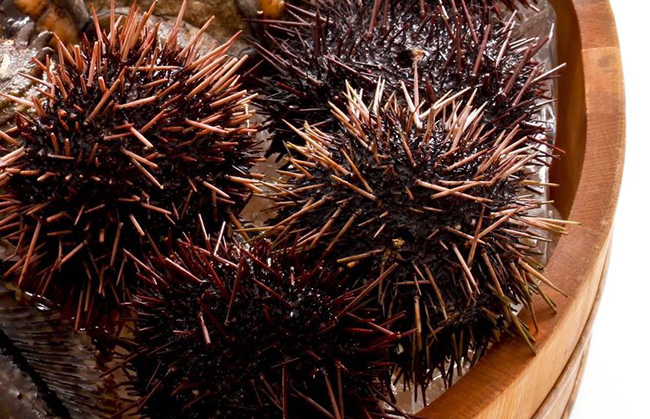
Above: Bafun Uni
Murasaki uni is the most common type available in Japan. It comes from a dark purple sea urchin with long pointed spines. Murasaki uni is mustard yellow in color and has a clean, mildly sweet taste. It’s best eaten in sushi or as sashimi to enjoy its delicate flavors.
Bafun uni, featured in the image above, is compact in size and comes from a smaller sea urchin, harvested from much deeper ocean depths. This gives the uni a bolder taste that’s rich in umami and slightly bitter notes. Due to its size and distinct flavor, bafun uni is best suited for cooked dishes and sauces. It has a dark orange color, which is why it’s sometimes referred to as aka uni, or red sea urchin.
Kita-murasaki Uni and Ezo-bafun Uni

Above: Kita-murasaki Uni
In addition to these, sea urchin from Hokkaido prefecture are classified as kita-murasaki (northern murasaki) uni and Ezo-bafun uni—named after the traditional Japanese name for Hokkaido. These two varieties are considered the very best in Japan. Kita-murasaki uni has a more delicate texture and sweet flavor than regular murasaki uni, while Ezo-bafun uni has an intense jewel-like color, sweet aroma, and unrivaled creaminess.
Also popular in Japan are aka uni imported from Santa Barbara, California, that are much larger in size and have a meaty texture, and from Chile, with a sweet brininess and deep yellow color.
When to Eat Uni
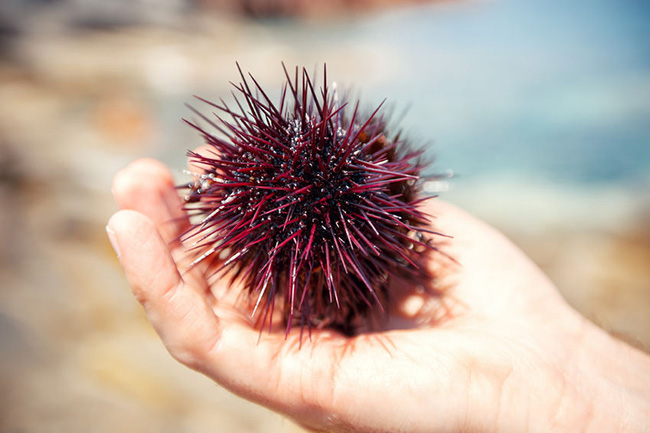
Uni in Japan is best enjoyed from late summer to the end of April. It’s at its most flavorful during the one- to two-month period where the gonads of the sea urchin grow in size to prepare for the spawning season and become intensely flavorful. This takes places from July to August for murasaki uni, September to October for kita-murasaki uni, October to November for bafun uni, and from December to February for Ezo bafun uni.
Where to Get Uni

People in Japan widely agree that the best domestic uni comes from Hokkaido prefecture, where the sea urchins live in cold water feasting on umami-rich kelp. Those who can’t make it all the way up to Japan’s northern prefecture can find kita-murasaki uni and Ezo-bafun uni at high-end sushi and seafood restaurants or sold by uni vendors at major fish markets. Tokyo is another good place to eat excellent uni, as it has access to not only fresh Hokkaido uni but also some of the finest uni from places like California and Chile.
Uni Festivals in Japan
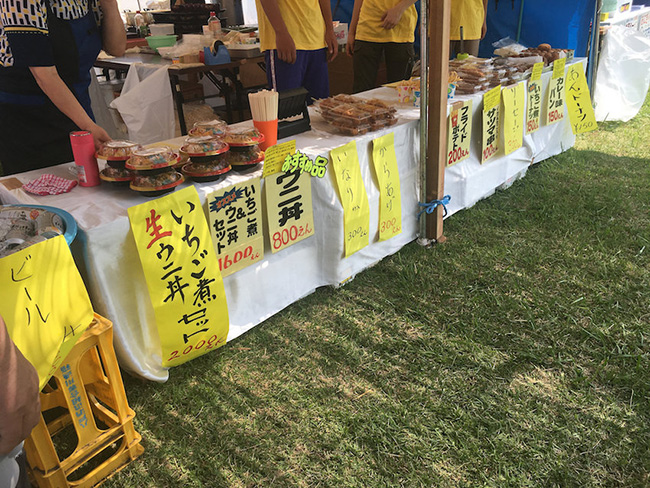
Photo by __U___ on Flickr
With Japan’s love for uni, it’s not surprising that there are plenty of uni festivals that spring up when the local harvest begins. These include the Teuri Uni Matsuri on Teuri Island in Hokkaido and the Taneichi Uni Matsuri held in Iwate prefecture, both held in July, where you can try fresh uni straight from the shell, as well as the Akune Uni-don Matsuri held in Kagoshima prefecture in May and Sai-mura Uni Matsuri held in Aomori prefecture in June, which celebrate their regional heritage with delicious bowls of uni over rice.
How to Eat Uni
There are countless ways to eat uni, both raw and cooked. Here are just a few popular sea urchin dishes from Japan.
Uni Sushi & Sashimi

One of the most popular ways to enjoy uni is by eating it fresh in sushi. It may be served as nigiri sushi, delicately draped over a ball of seasoned rice and brushed with soy sauce, or as a topping for gunkan-maki, or “battleship” sushi, which has a piece of nori seaweed wrapped around the sushi’s sides to create a vessel for soft toppings. Uni can also be enjoyed by itself as sashimi, served on a plate in a small mound or in its own shell.
Uni Chawanmushi
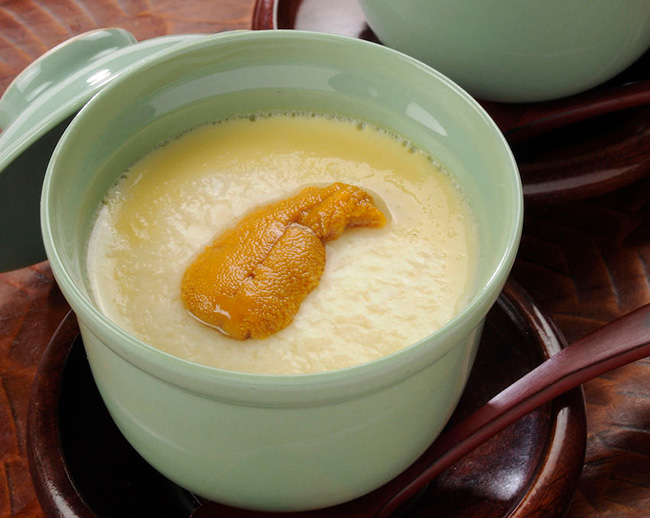
Chawanmushi is a traditional dish of egg steamed with dashi broth, which has a delicate umami flavor and custard-like texture. Uni is added to give complexity and extra creaminess to the dish. If you’re not sure about eating raw uni, then a steamed dish like chawanmushi is a great way to enjoy its sweet and savory flavor.
Ichigo-ni (“Strawberry” Hotpot)

Photo by __U___ on Flickr
Ichigo-ni is a seafood hotpot from Aomori prefecture and the coastal areas of Iwate prefecture that’s eaten during New Year’s celebrations and other special occasions. The dish gets its name from the reddish bafun uni in the hotpot that glistens like simmered strawberries, which is why it’s called “ichigo-ni” in Japanese.
Uni Pasta

Wafu pasta is the Japanese take on Italian spaghetti, made with local ingredients. One of the most popular varieties is uni pasta, which features rich bafun uni mixed into a creamy sauce and topped with shredded nori seaweed and whole uni.
Uni Donburi
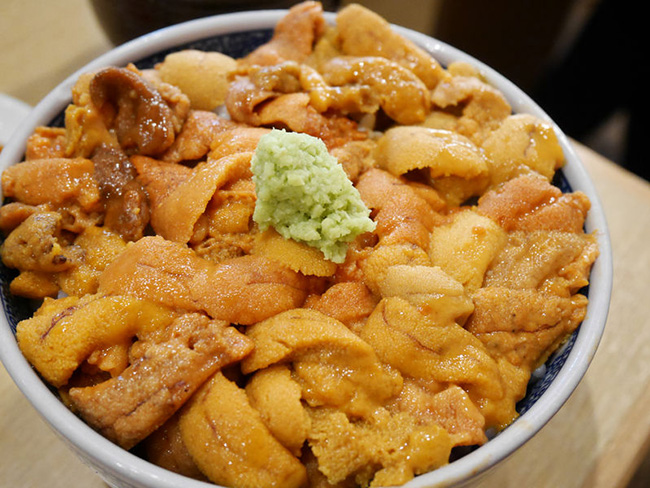
Uni donburi is a type of kaisendon, or bowl of hot rice topped with fresh seafood. It’s a specialty breakfast dish from Hokkaido, but is popular anywhere in Japan that fresh seafood can be found. Uni is one of the most luxurious toppings for kaisendon and can be enjoyed solo or alongside buttery scallops and salty ikura (salmon roe).
Uni Zosui

Photo by Vivek Surti on Flickr
Zosui is a porridge-like dish made with cooked rice and beaten egg infused with broth. It’s usually served as the finishing dish for a Japanese hotpot, by mixing rice and egg with the rich leftover broth from the hotpot for a hearty end to the meal. When topped with uni, the humble zosui is instantly transformed into a decadent treat.
Gurunavi Is the Place to Find Exquisite Uni Restaurants
If you’ve never tried uni before—and even if you have and thought that you didn’t like it—then you must definitely try it when you come to Japan. The sweet, fresh uni found here and the wide range of dishes, cooked and raw, are sure to have you hooked. Dive into Gurunavi’s recommended restaurants serving uni, for a list of locations near you. Itadakimasu!




